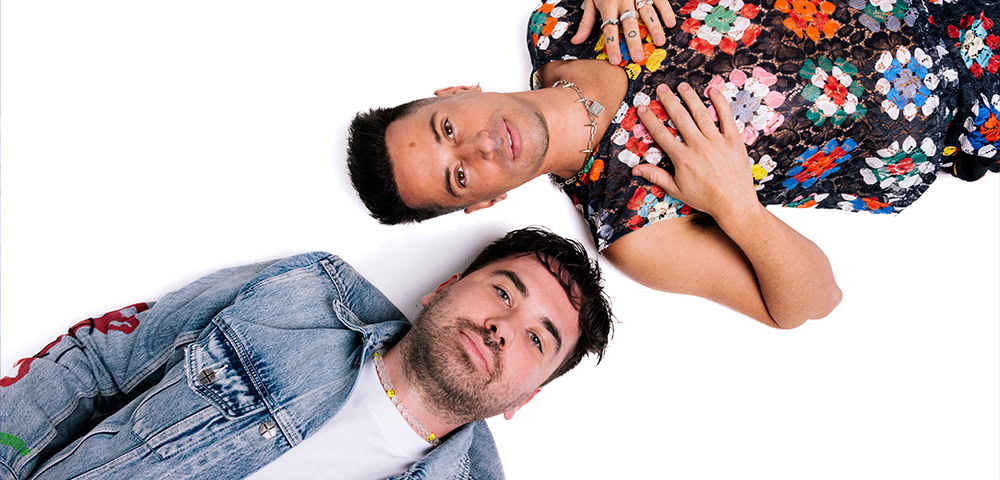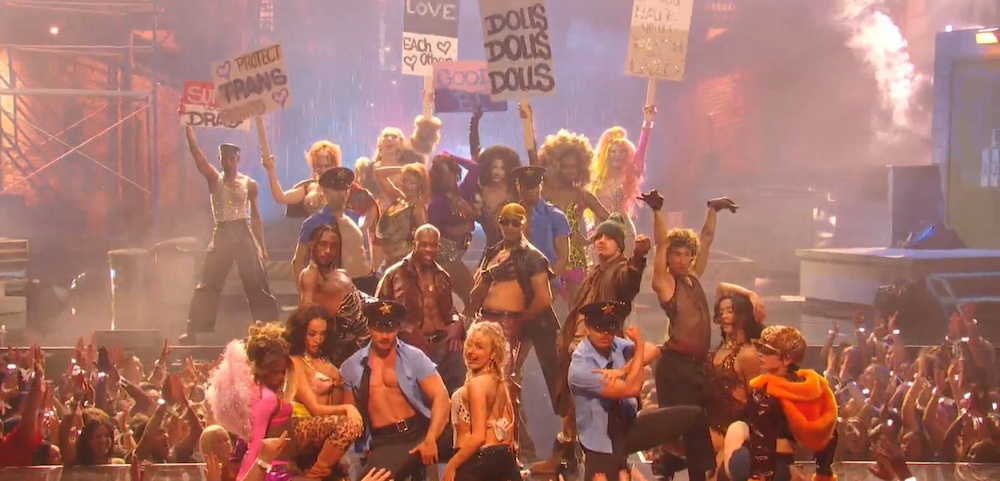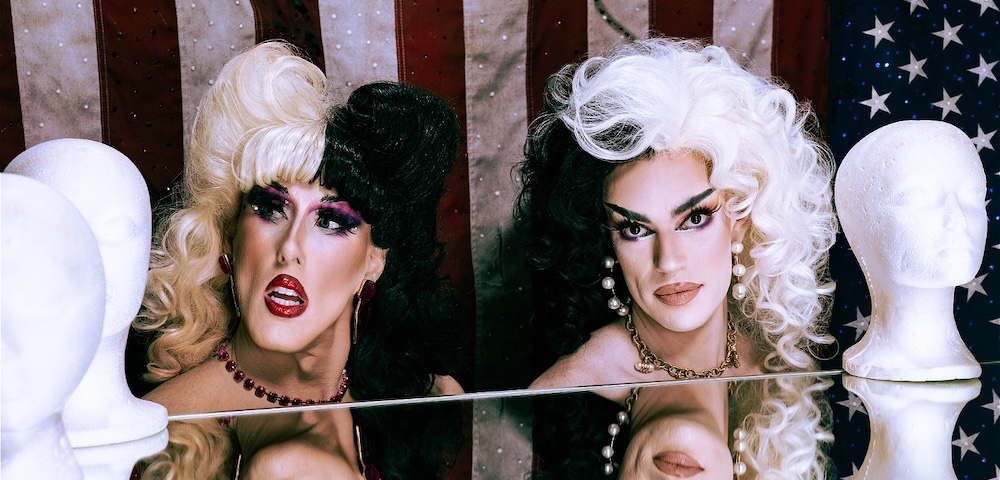
Wild horses brought to life
It won’t make its Australian stage premiere until New Year’s Eve, but buzz is already building for War Horse. The spectacular wartime drama employs lifelike puppets to tell the story of a horse sold to the cavalry at the outbreak of World War I and shipped to France.
The buzz was helped by the recent media launch of the production, with associate puppetry director Finn Caldwell introducing the show’s puppet star, Joey, to the Australian public.
“The best thing is just to introduce Joey to people, because it’s almost impossible to describe without having seen the horse. I guess people assume it’s going to be a pantomime horse — it’s hard to imagine,” Caldwell told the Star Observer.
“Five years down the line, I’m still blown away daily by the horses. Even though I trained the puppeteers, their skill always surprises me.”
Caldwell also introduced Joey to a real-life horse, Charlie. Charlie was “quite calm but a little bit suspicious”.
Caldwell has been with the show since the initial research and development phase, starting as an on-stage puppeteer before becoming puppetry director. He’s charged with the task of making sure the Australian cast — both the actors and those operating the puppets — know how to bring the horses to life.
“We spend an enormous amount of time working and observing horses on farms. We also spend time with behavioural scientists to try to understand why horses move in certain ways.
“Really, by the end of it, the people we’re training to be expert puppeteers are also horse experts.”
Surprisingly, Caldwell said skilled puppeteers don’t have any particular advantage when he and the War Horse team cast for performers who’ll operate Joey and his equine friends.
“To be honest, we don’t actively seek puppeteers. There’s nothing that can prepare you for this job.
“We take people with backgrounds in musical theatre, dance, mime, acrobatics, martial arts — any of these physical skills help, but there’s no guarantee that anyone can do the job because these puppets are so unique.”
The War Horse animals are quite clearly manoeuvred by people, with little attempt in the design to hide the human operators.
Caldwell said the success of the production largely relied on the suspension of disbelief from audiences eager to be drawn into the story.
“When you put a puppet on stage, there’s a subconscious invitation to the audience. ‘Do you want to play?’ It reminds us of when we were children and we’d have a toy or object shared between us, and we’d subconsciously agree that it was real and we were going to make it live.
“You draw the audience into a pact like that and they’re in an imaginative state where they feel anything is possible.
INFO: War Horse, State Theatre, Melbourne, from December 31. Tickets on sale now. www.warhorseaustralia.com









